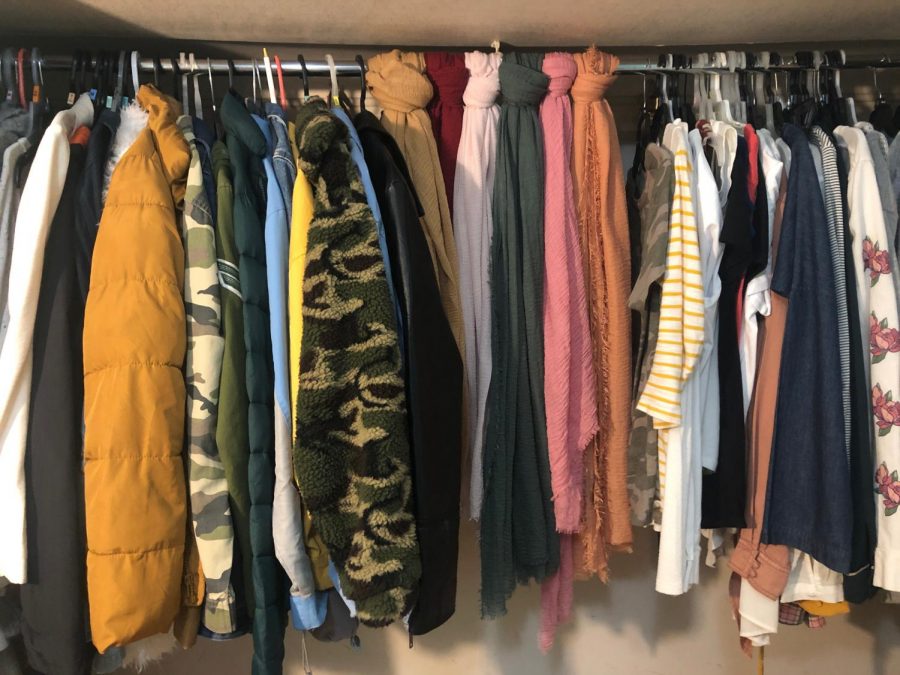OPINION: Why we need to eliminate fast fashion
December 9, 2019
Before, there were two primary fashion seasons: the spring/summer styles and the fall/winter styles. However, we now have around 52 micro-seasons annually. While these seasons allow for the creativity of designers and “fashionistas” to run rampant, they also contribute to the growing problem of the fast fashion industry.
We have been conditioned to believe we have to constantly keep up with fashion trends or risk falling behind; therefore, we’ve been predisposed to make impulse purchases and buy clothes that we’ll only wear once or twice before we move on to catch up with the next trend. In fact, 30% of all clothes produced are never sold, as reported by shareccloth.com’s 2018 Apparel Industry Overproduction Report.
The fast fashion industry is constantly changing and evolving year-round. However, the negative impacts remain the same. The pressure for cheap and quick fashion leads to cutting corners in the fashion industry that lead to the mistreatment of garment workers as well as significant ecological effects.
What is fast fashion?
Fast fashion, if you’re unfamiliar with the term, is the speed of trends in fashion which cause for more clothes to come out and to always keep a new item of clothing in your view. Have you ever noticed how American Eagle always seems to have a new sweater out front or the cardigan you wanted a week ago is now in the clearance section? This is a result of fast fashion.
Ecological impacts
Textile production emits 1.2 billion tonnes of greenhouse gases annually, more than all international flights and maritime shipping combined, with less than 1% of unwanted clothes being recycled.
The World Bank says between 17% and 20% of industrial water pollution is due to the dyeing and treatment of garments.
Human welfare
In order to provide such inexpensive clothing and keep us buying new clothes, companies tend to have a total disregard for those who create the clothes themselves. The pay wages are inexplicably low and the working conditions are absolutely horrendous.
To find people willing to work at such low prices clothing companies tend to set up their factories in impoverished areas worldwide with a particular surge in Southeast Asia. The majority of the workforce is comprised of women and children.
About 80% of the workforce in the clothing industry is women, with the exception of Pakistan. In the patriarchal societies that these factories exist, such as India and Bangladesh, it’s harder for the women to organize or form unions.
The International Labor Organization estimates that 170 million are engaged in child labor, with many making textiles and garments to satisfy the demand of consumers in Europe, the U.S. and beyond.
Furthermore, in most manufacturing countries (China, Bangladesh, India, etc.) the minimum wage represents between half to a fifth of the living wage. Employees usually work with no ventilation, and breathe in toxic substances, inhaling fiber dust or blasted sand in unsafe buildings.
Alternatives
One can use resources like Remake’s sustainable brands’ list, filtered through their rigorous sustainability criteria, so it’s easier to buy smarter.
Also before you buy something, consider whether it is truly a necessity or if your merely falling victim to the fast fashion industry.
For a deeper inside look at fast fashion, its consequences and ways to solve it, Hasan Minjah has a great episode of the “Patriot Act” which you can watch down below to educate yourself further on the subject.









